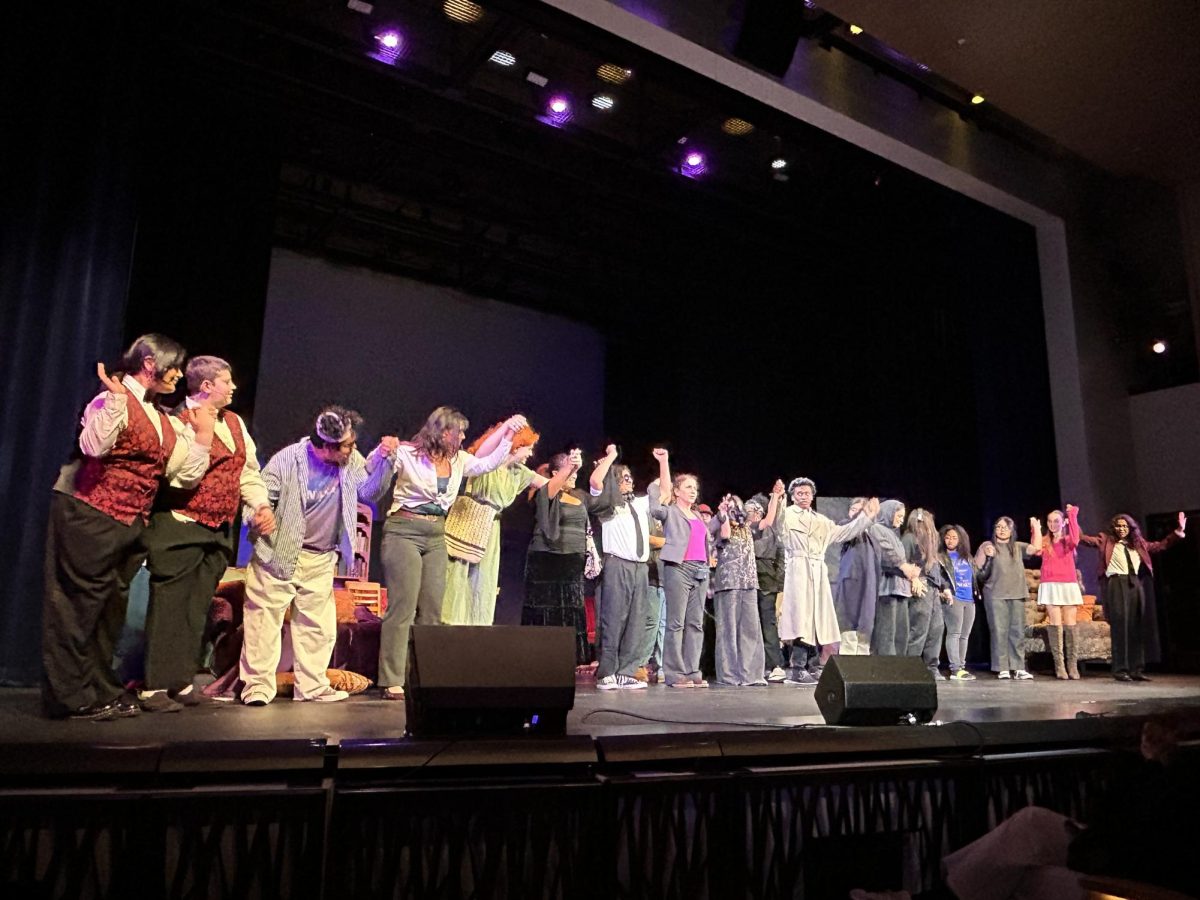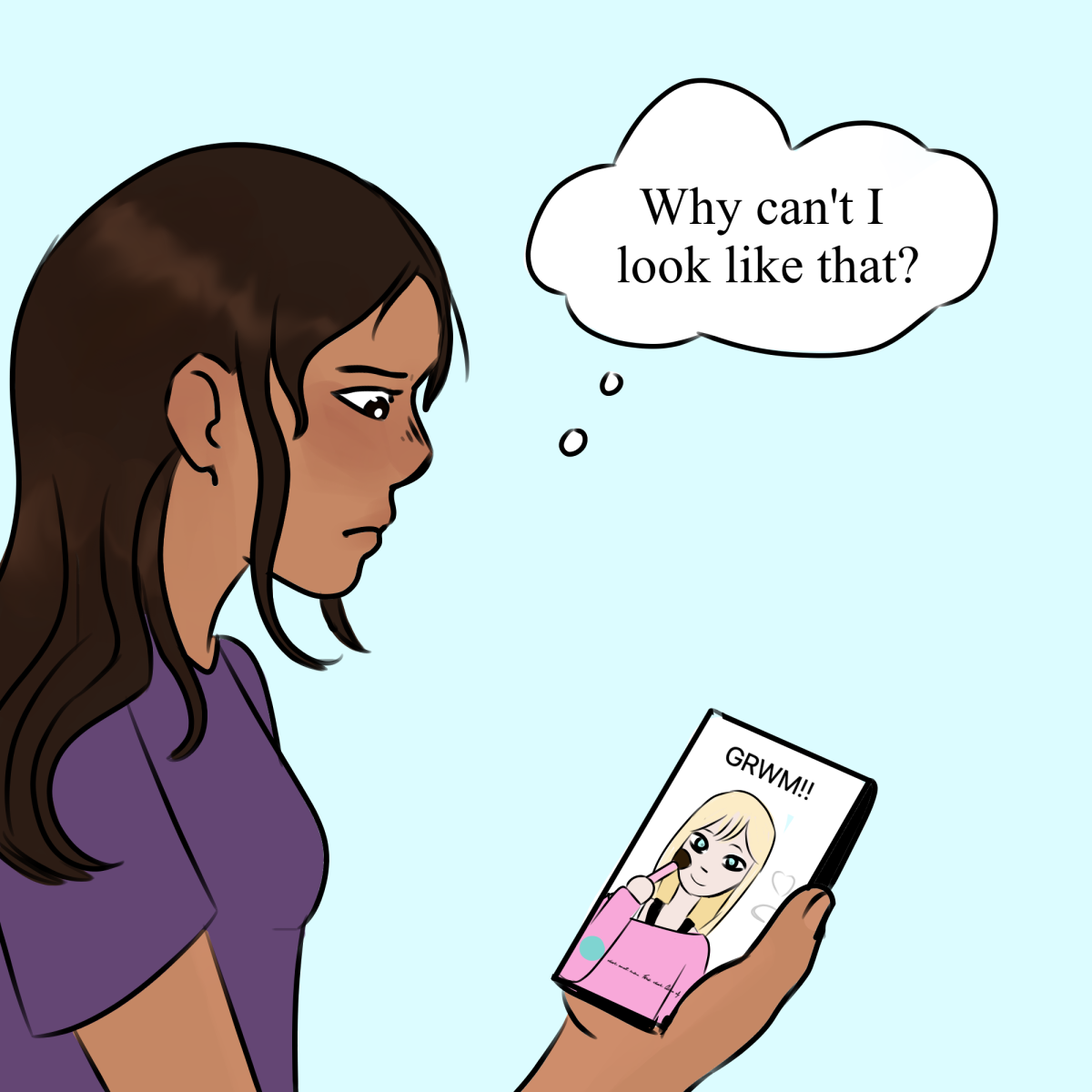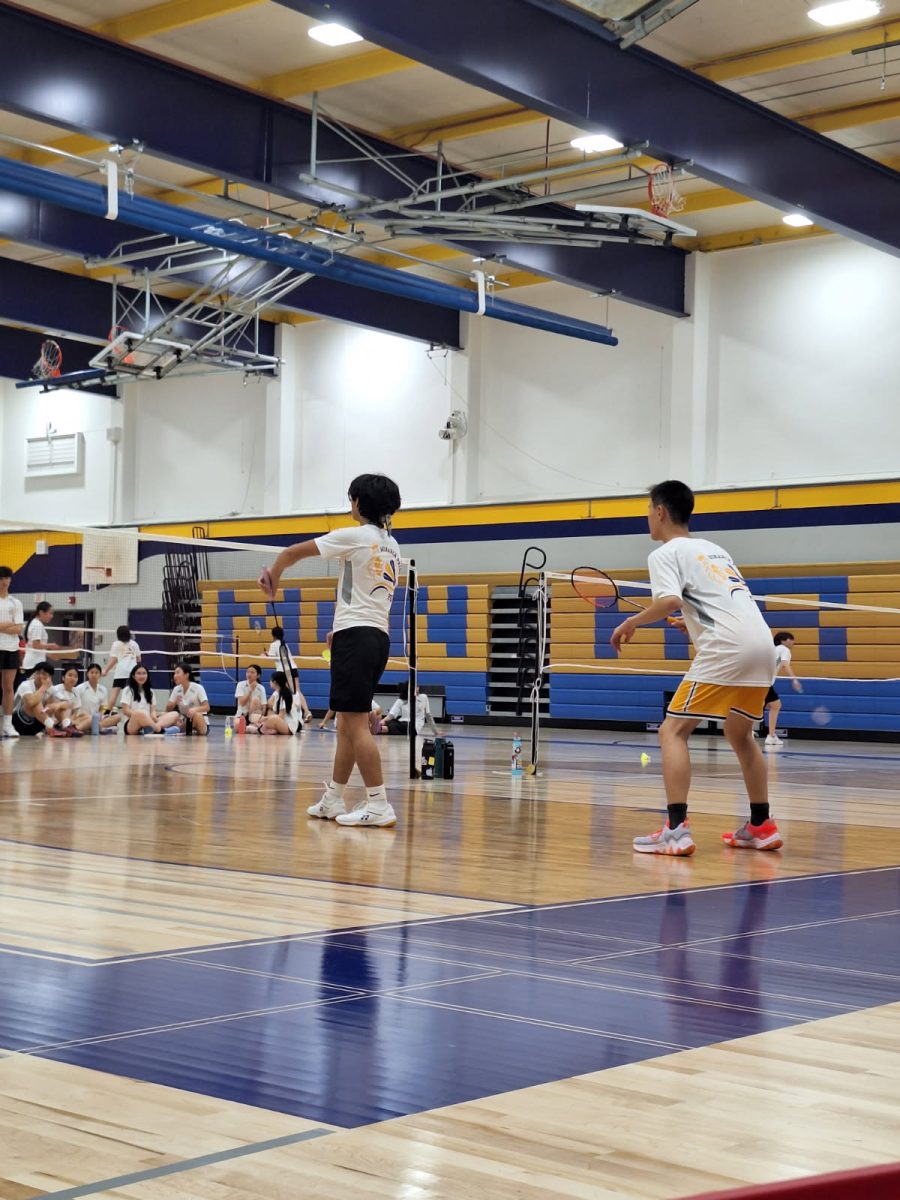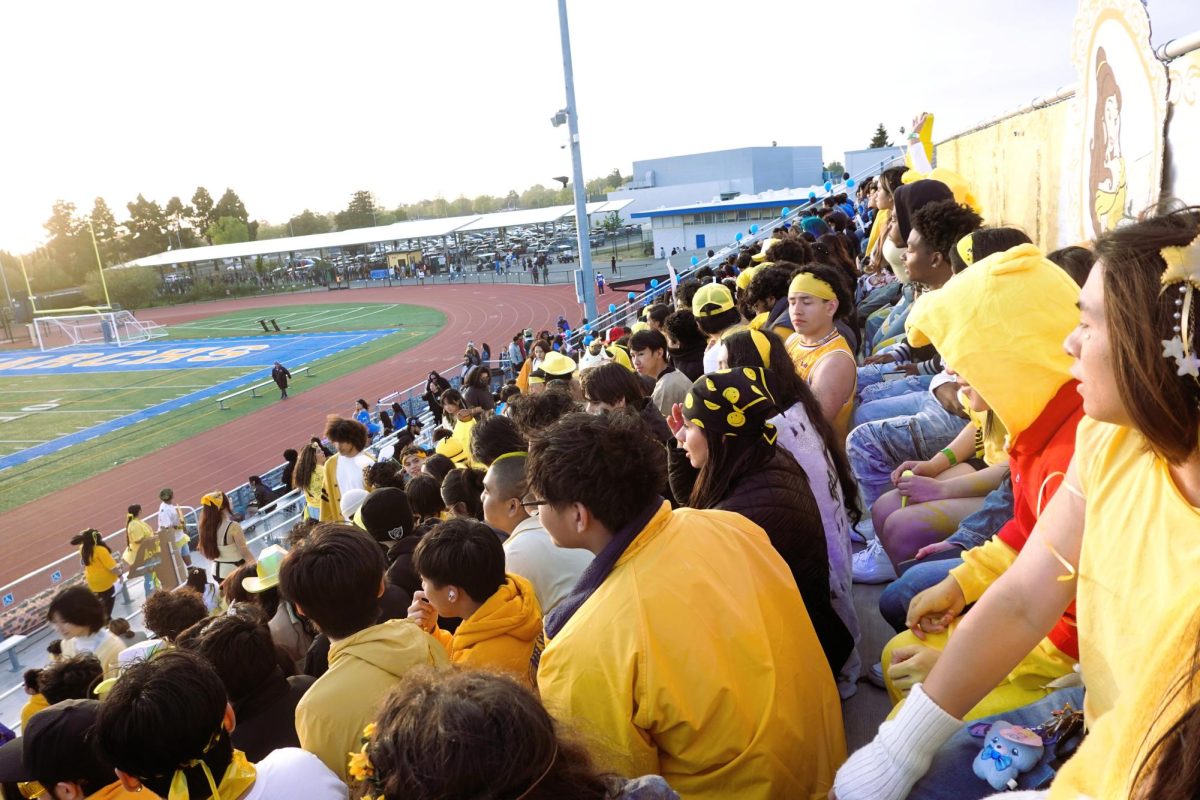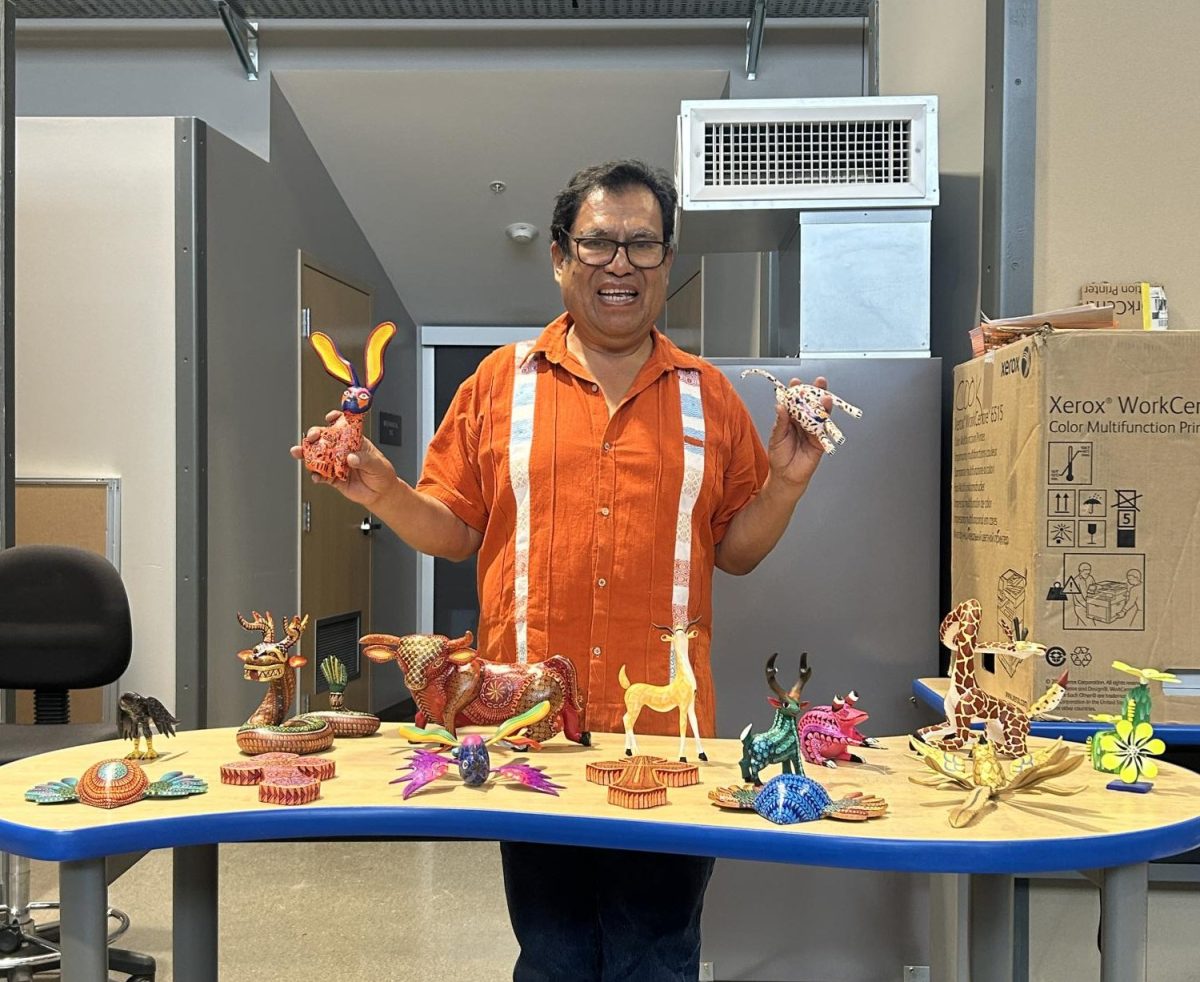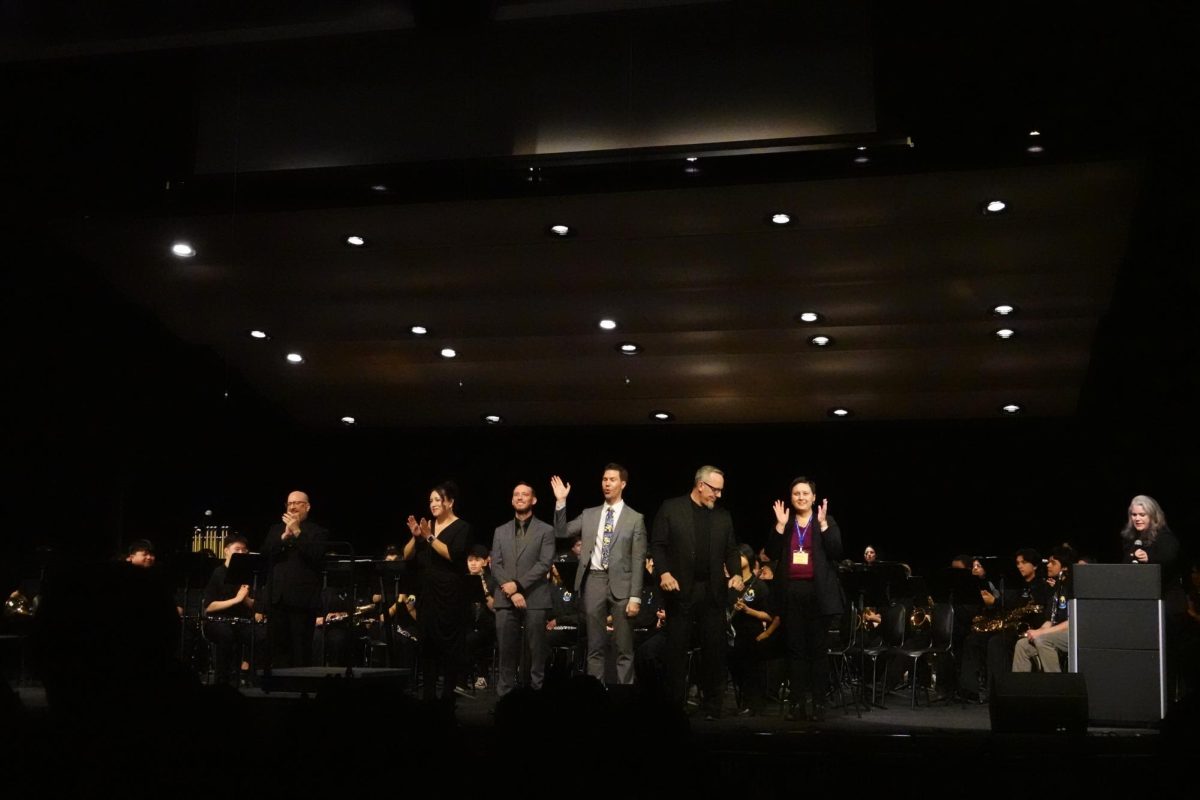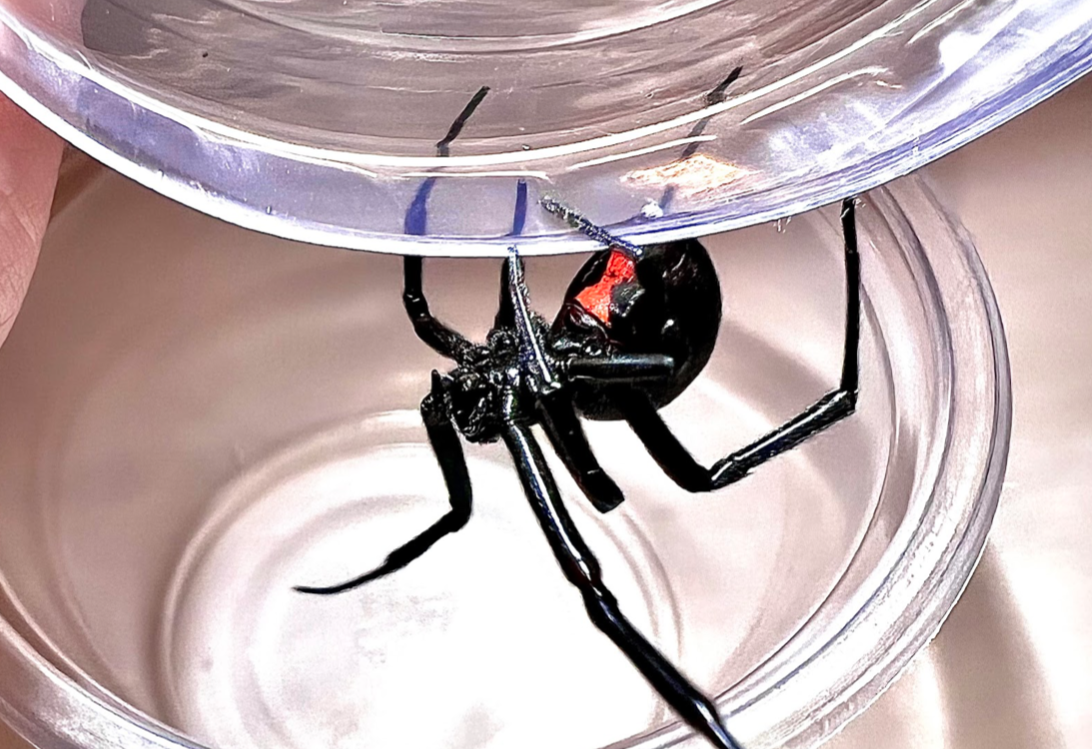Some of us may be familiar with the trademark red hourglass mark of a particular spider: the infamous black widow. Presently, there is a population of western black widow spiders (Latrodectus hesperus) residing here on campus, although they might have been here for quite some time. Most people I communicated with were unaware of their existence here at school, or that they were even an urban species.
Although mostly un-encountered and highly secretive, they can still pose a serious risk to Mt. Eden students and staff. Their venom, like other species in the black widow family, is highly potent and neurotoxic to humans, meaning that the venom affects nerve and muscle tissues. Symptoms of a bite include pain, swelling, nausea, and even muscle cramps. Bites require medical attention if the symptoms are severe enough, as reactions to the venom will vary by individual. Bites are not to be treated lightly as the painful effects can last from several hours to several days. Additionally, only the females are venomous, while the much smaller and brownish males cannot bite due to their fangs being so small. Most bites result from cornering a spider between open skin and another point of contact. Gravid females with egg sacs are more prone to bite, as they are very defensive of their young. However, they rarely result in deaths and studies have shown no fatalities from black widow bites in the last two decades.
Despite their reputation, black widows are in fact rather docile spiders. From my experience in handling insects and spiders, none of the black widows I have come across exhibited signs of aggression. I currently keep one subadult female black widow spider and can confirm that she is fairly timid. This one in particular was collected from under a piece of wood on campus, although I have also found them under rocks and an unused hose box. Specimens I have found usually feign death or manage a short sprint when I disturb them. They are very reluctant to bite, and will only do so when greatly threatened or stressed.
To prevent nests and webs from being built, unused materials accumulated in piles outdoors should be cleared. Black widow spiders typically nest under wooden boards and rocks, as well as other piles of debris. Prevention is best, as pesticides and sprays will negatively affect the environment.
Although actions can be taken to reduce the possibility of encountering one of these spiders, it is important to remember that spiders are beneficial to the ecosystem. They can help manage the cockroach infestation we currently face, as well as other species of harmful insects. Roaches are a major problem around campus. I’ve seen them everywhere I go. Thankfully, black widows and other spiders are like free pest control. They build their webs in the places roaches are most likely to stumble upon like in boards and rocks, therefore effectively dealing with the nasty pests. The obscure location of the web prevents beneficial insects like honey bees from flying in, as well as people disturbing them.
Finally, recognition of our native flora and fauna is a good lesson to keep in mind. Western black widows are a species endemic to California and other southwestern U.S. states. Preserving native wildlife on campus is definitely a worthy good that we should make an effort in doing.






